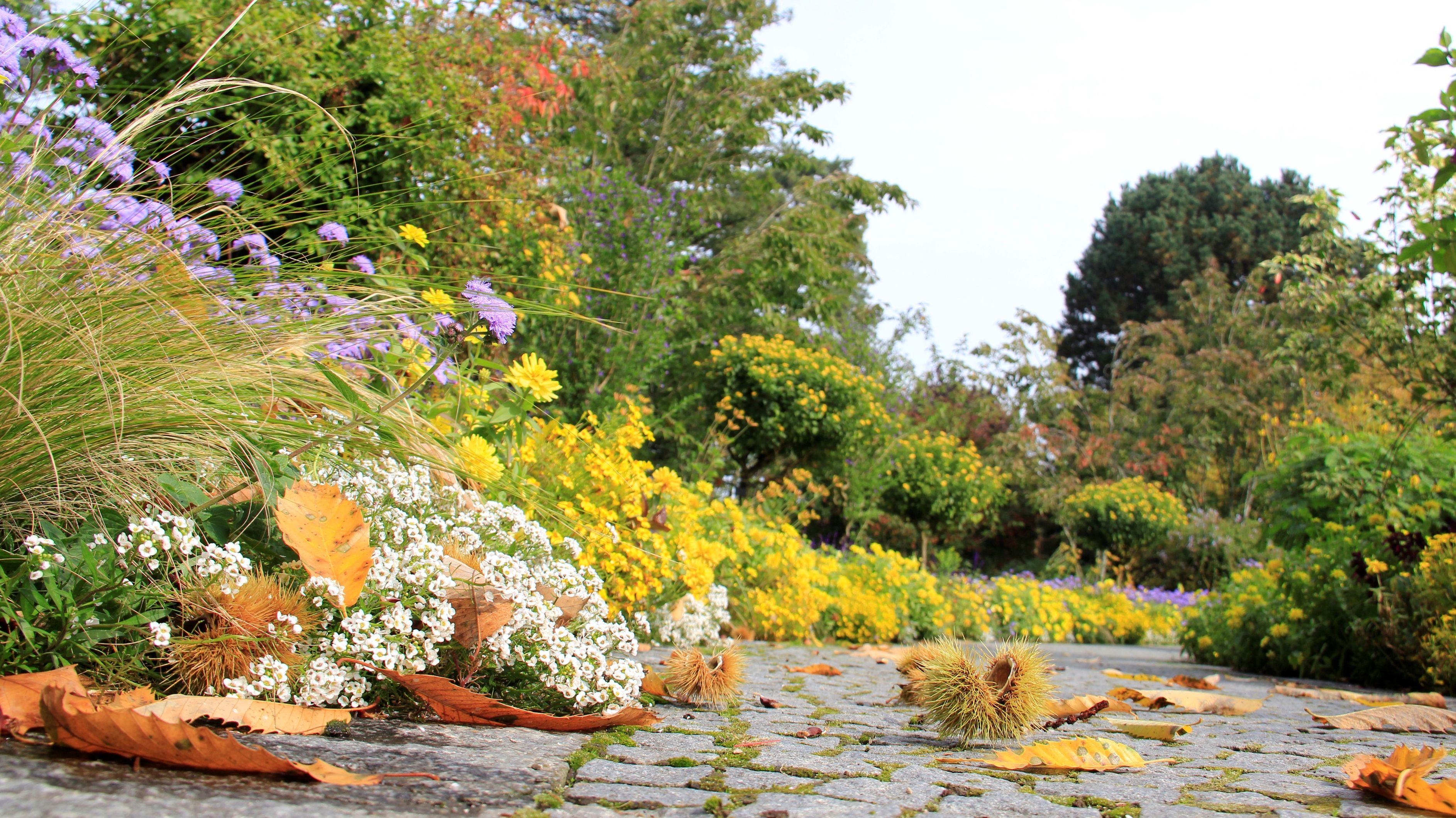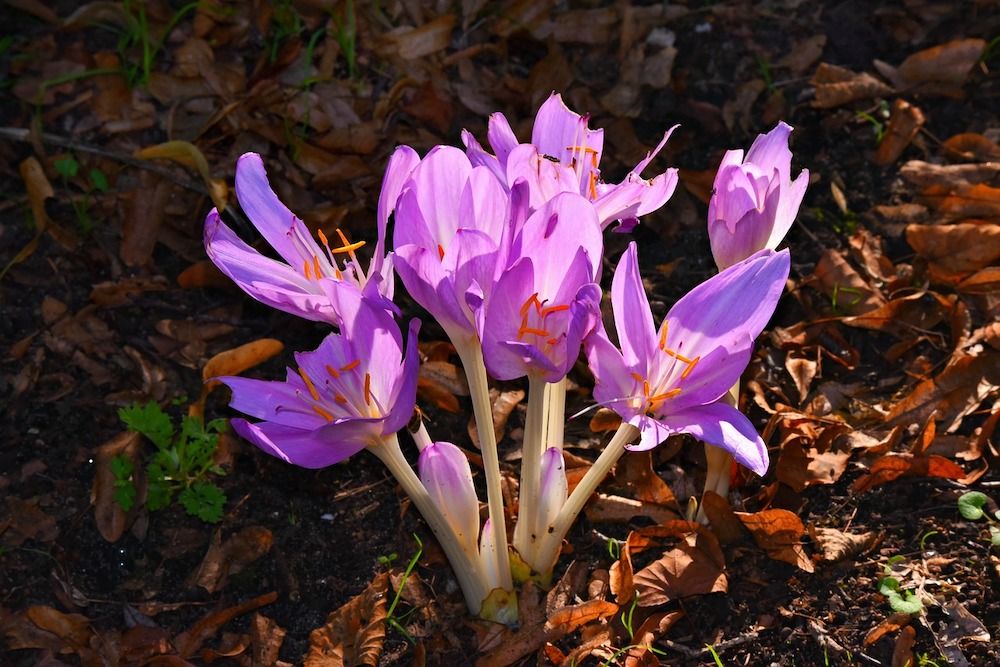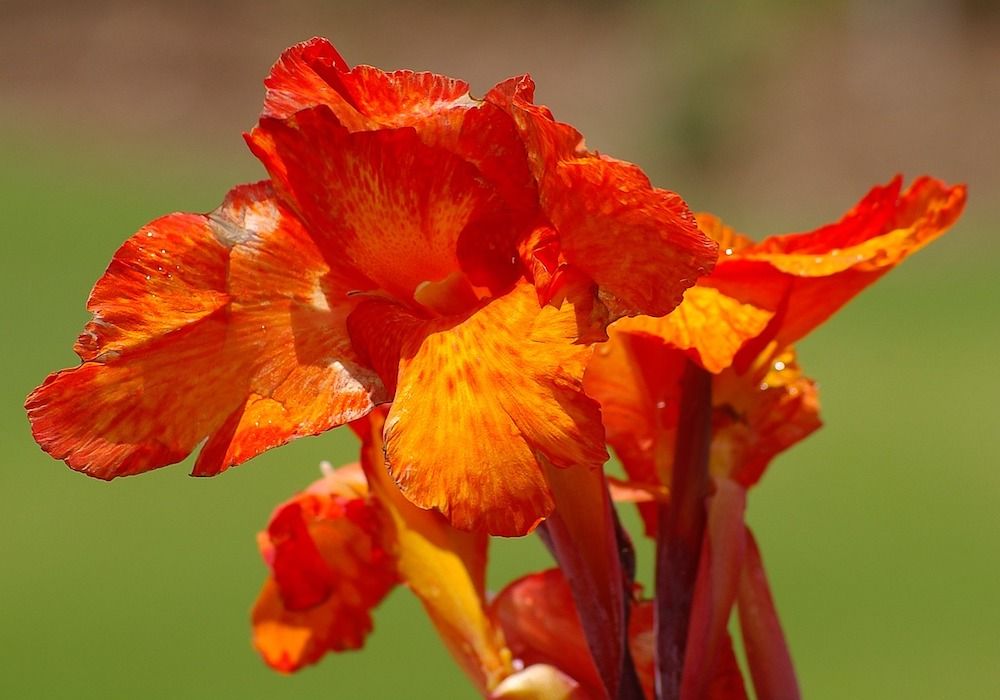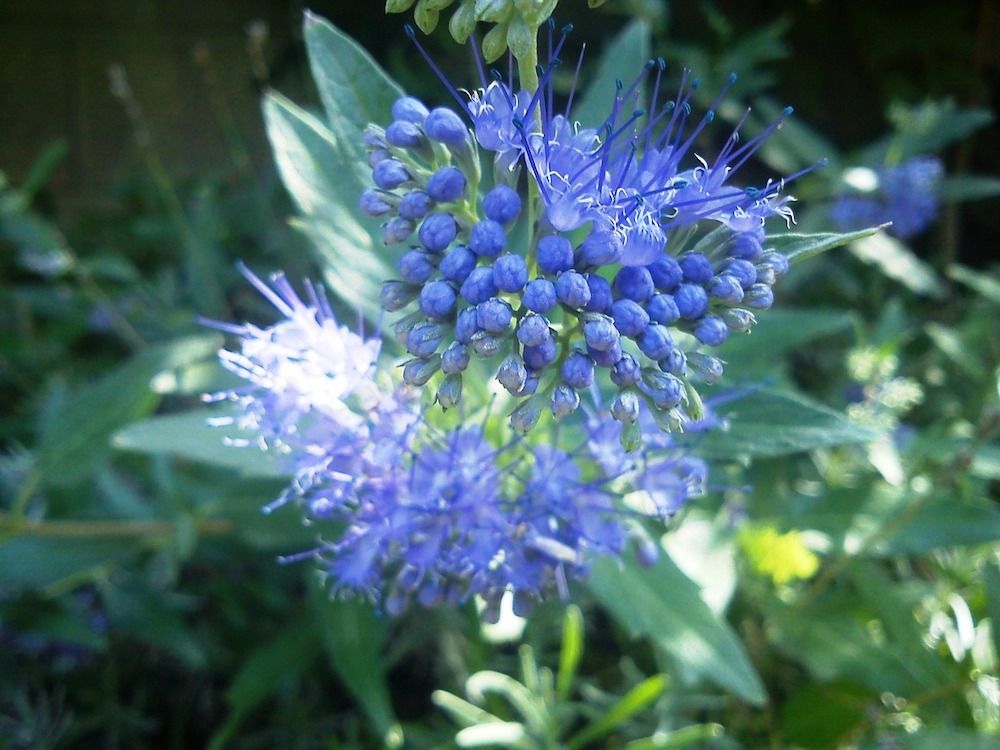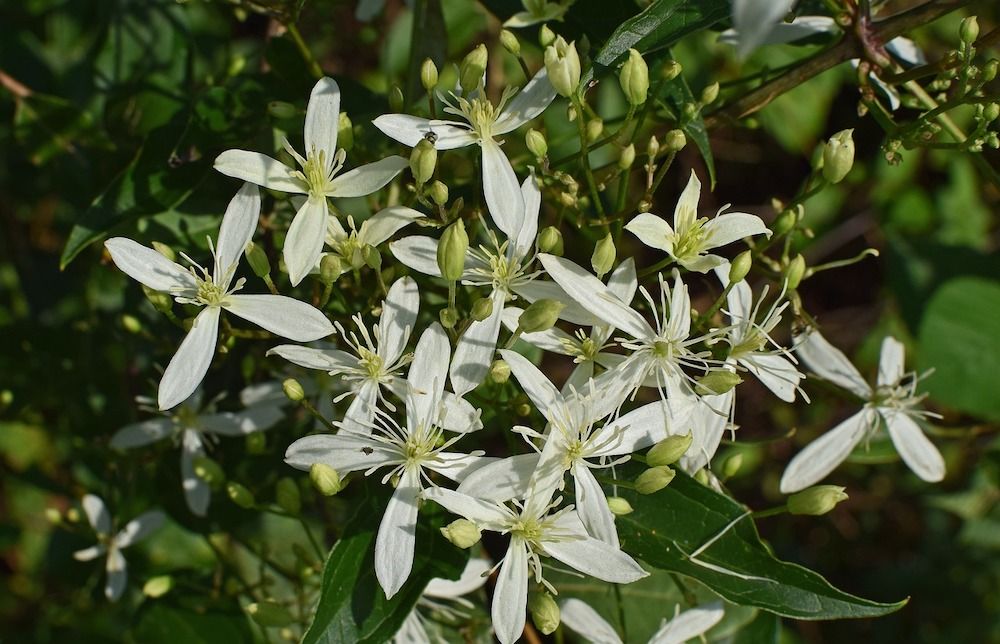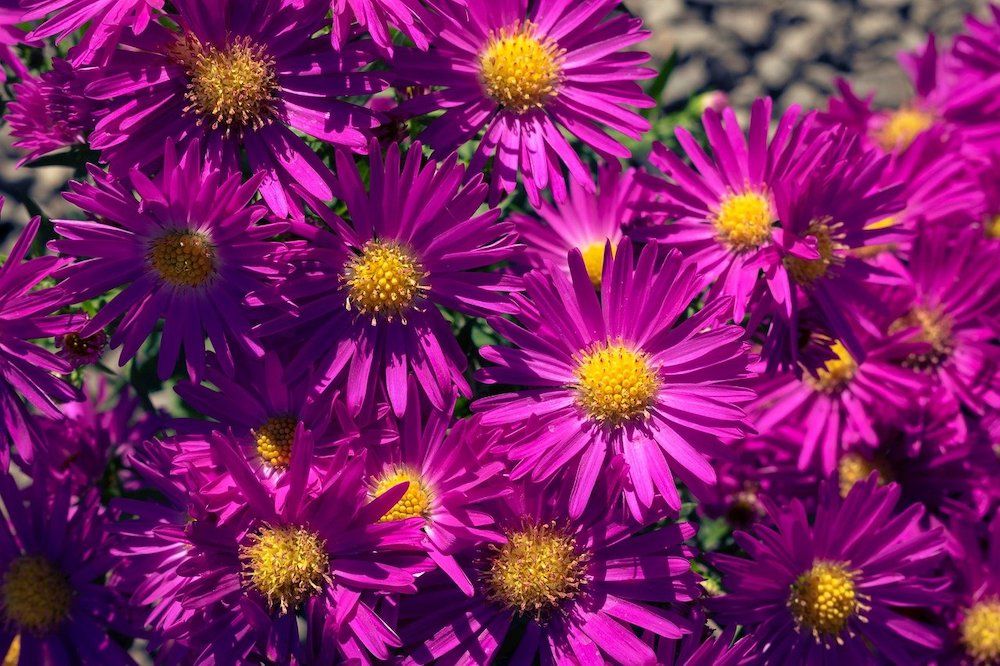Key Takeaways
- Fall perennials can bring vibrancy and warmth to your garden, even as summer comes to an end. Don't put away your gardening tools just yet!
- Planting perennials, trees, and shrubs in the fall can be beneficial, but make sure to research the best planting times for specific plants.
- From autumn crocus to new England aster, there are plenty of beautiful fall flowers that can thrive in your garden and attract pollinators.
As summer comes to an end, it may mean it is time to pack up your swimsuits and bring out cozy sweaters. But you don't need to hang up your gardening tools just yet. Plenty of stunning fall perennials can bring your garden to life, adding vibrancy and warmth around every corner.
While there is plenty to do in the garden to prepare for fall, such as deadheading plants, harvesting fruits and veggies, and cleaning up debris and dead plants, the season is also a great time to plant perennials and many trees and shrubs! That said, confirming the best planting times for the specific plants you would like to add to your garden is crucial.
Learn all the best fall perennial flowers for your garden, from vibrant blooms to pale petals!
Autumn Crocus
Autumn crocus, or Colchicum autumnale, blooms in fall, hence the name. A perennial herb, the plant stuns with rich purple, delicate pink, or creamy white petals in a star or fan shape, blooming atop a backdrop of dark green tubular leaves less than 6 inches long. Plant in well-draining, loamy soil with a pH of 4.5 to 7.5 in full sunlight (six or more hours each day) to partial sunlight (two to six hours each day).
The plant is attractive to butterflies and bees, drawing in pollinators even during the fall, and is resistant to pests such as rabbits and deer. It is also resistant to drought, requiring about 1 inch of water per week. Autumn crocus flowers survive in temperatures above -4 degrees Fahrenheit, while the bulbs can survive soil temperatures above 23 degrees Fahrenheit. It does best in zones 4a to 9b. To prevent overcrowding, divide the bulbs in June or July every other year after the leaves die back. Carefully dig up the clump of bulbs, separate them, and replant in another location.
Autumn crocus is highly poisonous to humans, so always plant out of reach of children and curious hands and away from edible gardens.
Bengal Tiger Canna Lily
Bengal tiger canna lily (Canna americanallis var. variegata) boasts striking orange or red flowers arranged as a raceme with a lush, full appearance, as well as fascinating variegated foliage that is bright green with yellow striping. Plant these canna lilies in organically rich soil with an acidic pH of 6.0 to 6.5 in six or more hours of sunlight daily. Ensure the soil is consistently moist by watering every day — always check the soil with your finger before watering to check that the top inch of soil is not already moist. Hardy in zones 8a to 11b, the plant reaches 5 to 6 feet in height, making it ideal for a garden backdrop.
Blue Mist Shrub
Blue mist shrub (Caryopteris x clandonensis), commonly known as bluebeard or blue spirea, is a mounding, deciduous shrub that features periwinkle blue flowers with a fluffy, feathery appearance and a base petal that hangs downward like a beard. Its foliage is gray, silver, and green. The showy flowers attract butterflies, bees, and other beneficial insects. Plant the shrub in loose, well-draining soil with a pH of 5.0 to 8.0 in six or more hours of sun per day. Blue mist shrubs are hardy in zones 6a to 9b and bloom from late summer through fall. It prefers watering once a week with 1 inch of water.
Sweet Autumn Clematis
A woody, flowering, perennial vine, sweet autumn clematis (Clematis paniculata) features dainty white star-like flowers with feathery-looking stamens atop glossy green leaves. The plant grows well in a variety of lighting conditions ranging from dappled shade to full sun. For soil, it prefers a clay or loamy texture with a pH of 6.5 to 7.0. Give it at least 1 inch of water per week and top with a 2-inch layer of mulch to maintain soil moisture.
Sweet autumn clematis is attractive to bees, butterflies, and hummingbirds — in fact, birds even build their nests within the dense vines, so it also becomes a habitat!
Hardy in zones 3a to 8b and considered invasive in some areas, it is best to plant sweet autumn clematis in a pot at least 18 inches wide and 18 inches deep to prevent it from rooting and spreading around your garden. Cut the vines back to a foot or two off the ground in spring, as flowers only develop on new growth.
Though beautiful, sweet autumn clematis is toxic to humans, dogs, cats, and horses, so always plant it out of reach of furry friends and children and away from edible gardens.
New England Aster
The New England aster (Symphyotrichum novae-angliae) is a classic fall-blooming plant and herbaceous perennial featuring large purple or lavender flowers with a vibrant yellow center and fluttery appearance atop fuzzy green stems and velvety green leaves. The New England aster prefers moist, well-draining soil that is rich in organic matter, such as compost, though it tolerates clay soil. Just make sure its soil has a pH of 6.8. It grows best in zones 4a to 8b. Plant the asters in full sunlight (more than six hours per day) or partial sunlight (two to six hours of sun per day). Ensure the plants receive 1 inch of water per week. You can check that the soil is consistently moist by sticking your finger 1 inch below the soil surface — if it is dry, it is time to water!
Fall in Love With Autumn Perennials!
Fall perennials are a great solution if you are looking for autumn-thriving plants that come back year after year! Whether rich purples, soft hues of white, or warm oranges and yellows pique your fancy, there is something for every garden. When planting your fall perennial garden, consider mixing in a few fall-loving annuals for different options next year. Also, adding some spring-blooming bulbs in the mix ensures new plants will appear next year!
Do you know anyone looking to add some fall perennials to their garden? Share this article to lend a helping hand!

